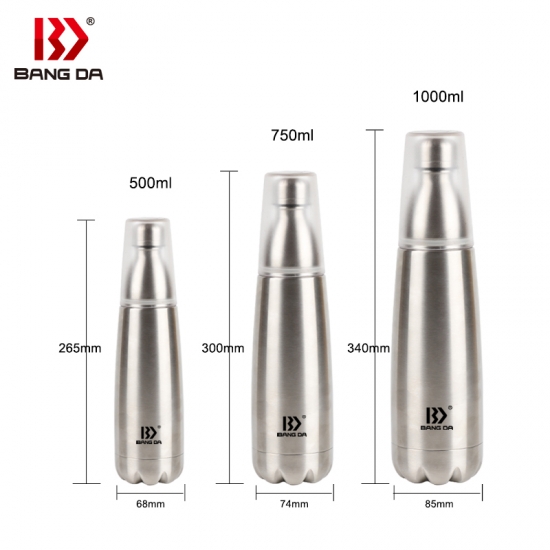Flask with a vacuum
The vacuum flask was created by chemist and scientist Sir James Dewar in 1892, more than a century ago. They had the name "Dewar Flasks." German business Thermos produced the first vacuum flasks for sale in 1904. The term "Thermos" was designated a generic trademark in 1963. Today, most people request thermoses rather than vacuum flasks. A thermos is a container that maintains the temperature of its contents by putting an airtight barrier between them and its surroundings. Thermal insulation is accomplished by using a vacuum (space). The items inside are not vacuum-sealed. There is an inner flask holding the substance.
A standard vacuum flask has hollow walls and is constructed of plastic, glass, or metal. Imagine two flasks with thin walls stacked one inside the other. The tiny gap between the inner and exterior walls is devoid of air. At the neck, they are joined by a seal. The resulting vacuum reduces heat transfer by conduction or convection. The use of a reflective coating helps reduce the loss of heat through radiation. James made use of silver.
Conduction occurs here. Another illustration would be to warm the end of a metal bar. Soon, the opposite end is also warm. Convection is the second source of heat transfer. Because a heated liquid or gas tends to rise above the rest of the body, convection occurs. Imagine the fire soaring above the smoke and flames. Radiation is the third way that heat is transferred. Infrared radiation is the heat you feel from the fire on your face. You may feel the heat even when you are far from the fire.
Water bottle vacuum
insulated flask, is nowadays in great
demand all around the world.




Comments
Post a Comment